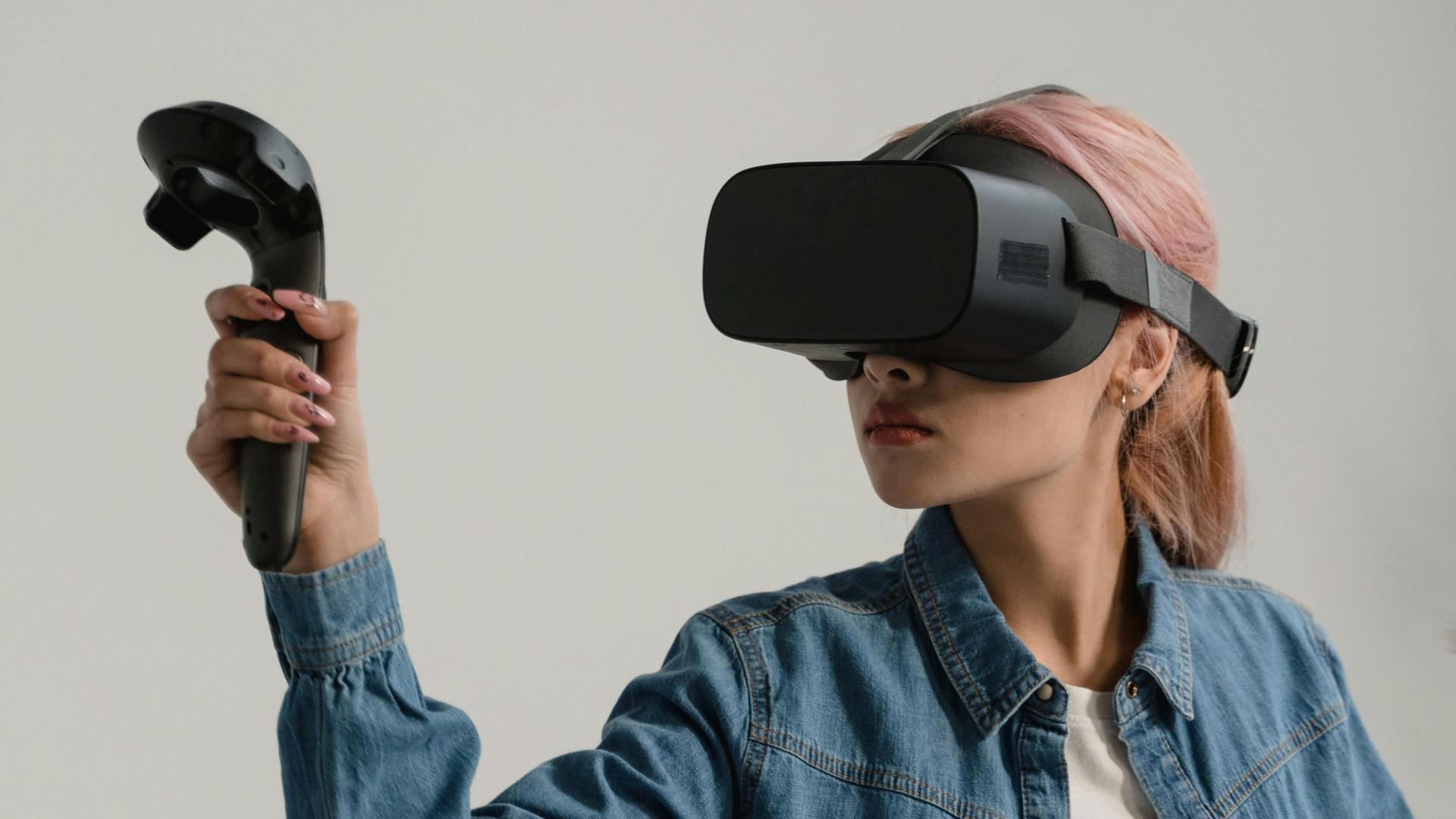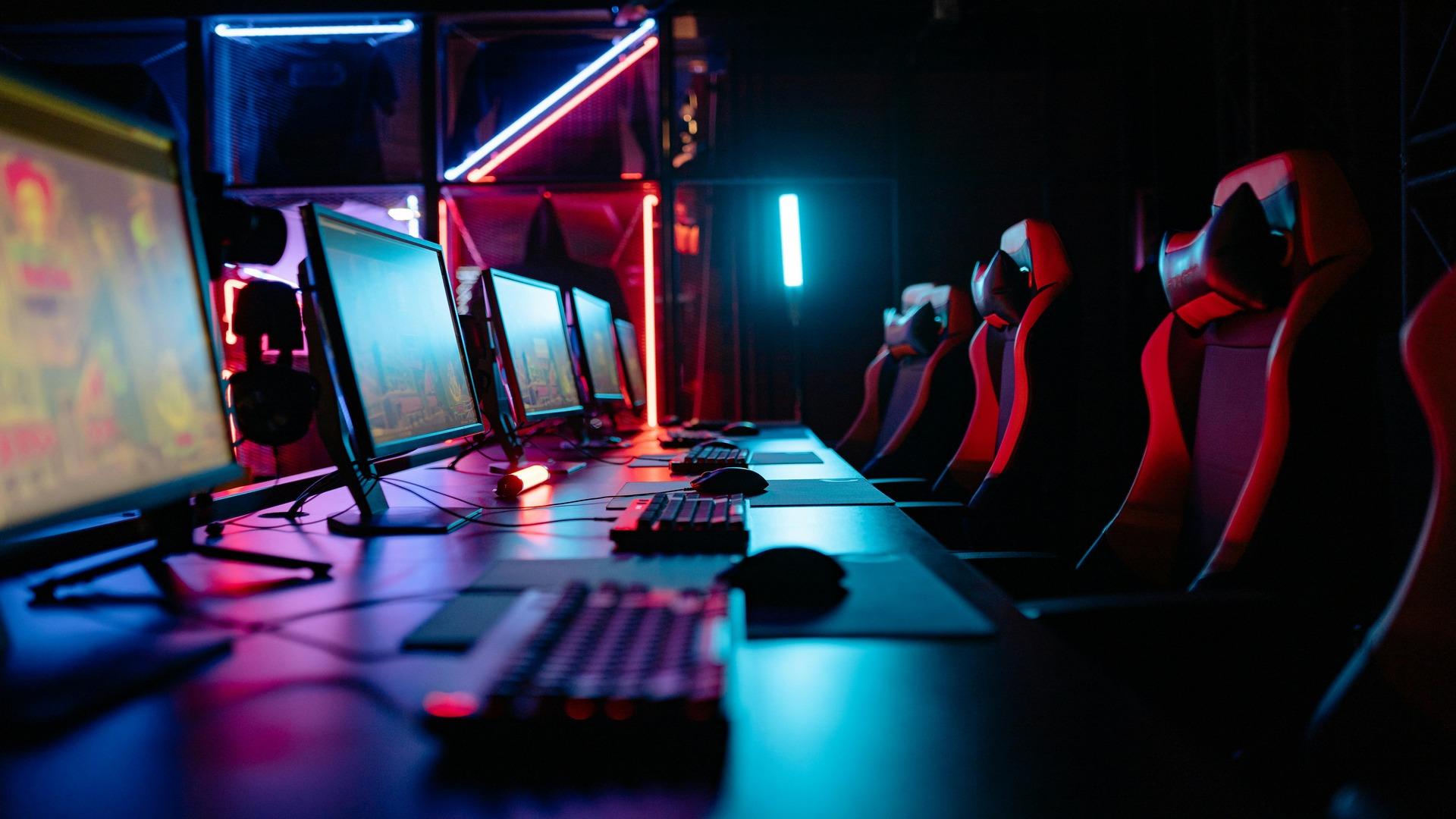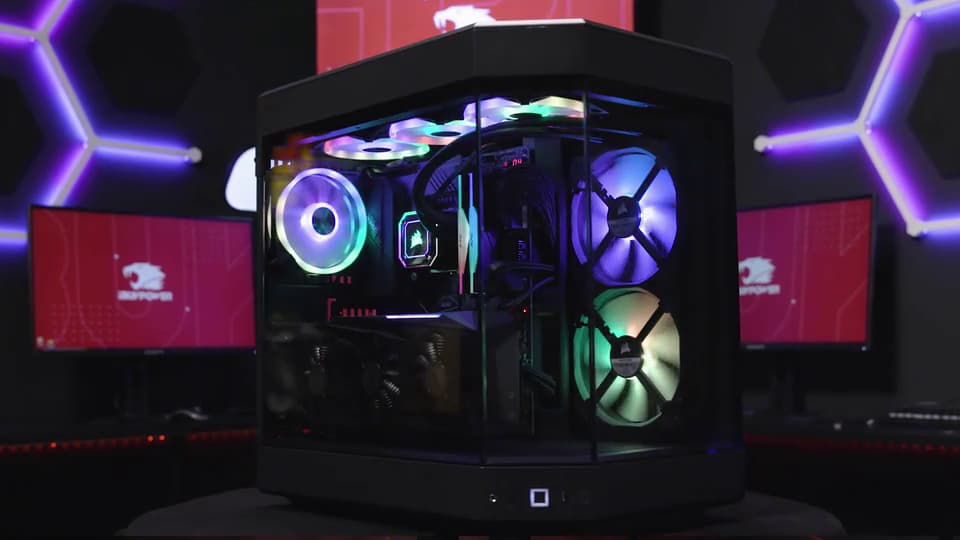RGB lighting is a system using the colors red, green, and blue to create a wide array of vibrant color combinations. By blending varying intensities of these primary colors, RGB lighting systems can produce over 16 million distinct hues, allowing for stunning visual effects and customization options.
Adding RGB to gaming PCs is exciting but can easily become difficult. There are so many programs to download and colors to choose from, that it’s easy to get lost and confused. This guide will break down how to control the RGB lights in a PC.
Anyone who wants to make customizing RGB lighting easier should check out iBUYPOWER’s selection of prebuilt PCs with expertly installed RGB lighting.
Controlling A PC’s RGB in 3 Steps
Controlling RGB lighting has become increasingly streamlined and user-friendly in recent years, thanks to advancements in motherboard technology and the standardization of RGB connectors. These innovations allow users to have multiple options for customizing and synchronizing their RGB components for stunning lighting effects.
One method to control the RGB lights inside a PC is opting for standalone RGB controllers to centralize control of multiple RGB components. These controllers typically require a USB header connection to the motherboard for communication and a SATA connector for power.
The most common method to control a PC’s RGB lights is through a motherboard manufacturer’s software. By connecting RGB components to designated headers on the motherboard, users can easily use the manufacturer’s software to adjust colors, brightness, and effects.
Here are the three main steps for controlling a PC’s RGB lighting through software.
Step 1: Identify the RGB ecosystem
The first step in controlling the RGB lights on a PC is to identify which RGB control software corresponds with which components (such as fans) by looking into their compatibility with the motherboard. Some examples include MSI’s Mystic Light, Gigabyte’s RGB Fusion, ASUS’s Aura Sync, and ASRock’s Polychrome SYNC.
The RGB peripherals also have their own respective programs. HYTE Nexus, Razer Synapse, and NZXT Cam are some examples of RGB control software for peripherals. Some components might not even use software and are remote-controlled.
Step 2: Download the Necessary Programs/Drivers
After identifying the RGB “family” to which all the components belong, download their respective software and drivers.
Not all of the components and accessories will fall under the same lighting ecosystem, so there is the possibility of having to download several programs to ensure full control of the RGB. Third-party programs are also available to help connect all the lighting into one software to control the PC’s RGB lights.

Step 3: Customize and Create!
Now that everything is connected, it’s time to customize the lighting.
There are many ways to change the PC lighting. Most programs allow users to change the lighting style, color, effect, brightness, and even lightspeed. Knowing how to control the RGB lights in a PC can help create and enhance that experience depending on the user’s gaming preferences.

Want a Gaming PC Already Equipped with RGB?
With an iBUYPOWER PC, RGB is made easy. Our prebuilt systems contain expertly installed RGB and quality control. Once it’s plugged in, it’s easy to customize the RGB using a pre-installed lighting program on the desktop.
Having trouble?
If you’re still struggling with how to control your PC RGB lights, refer to the video below!







